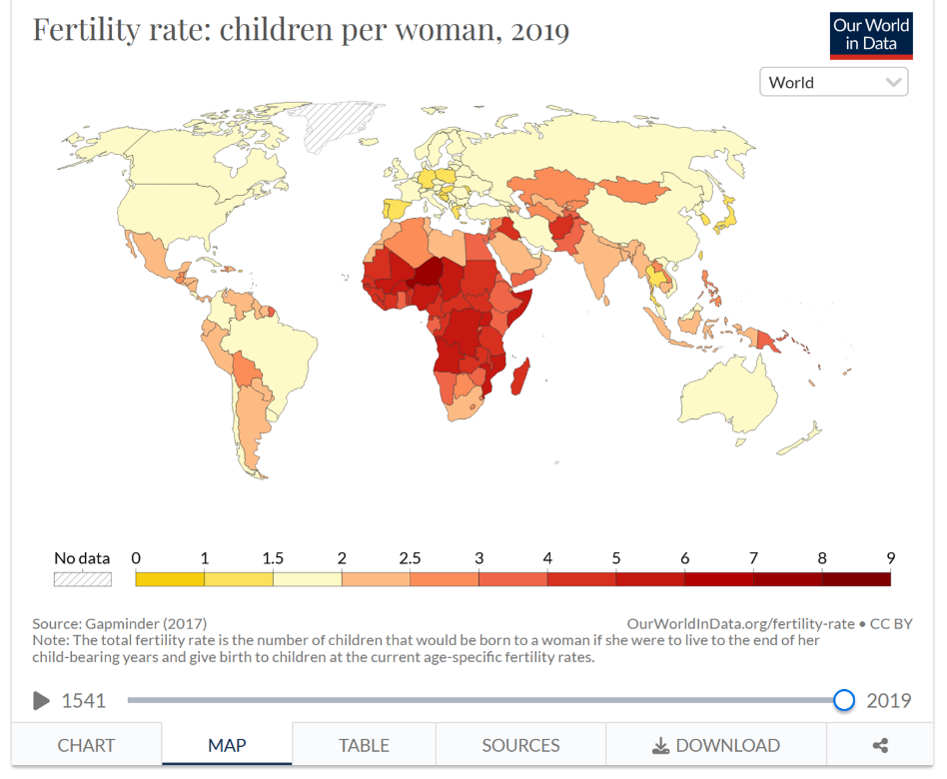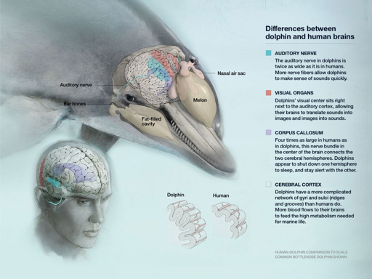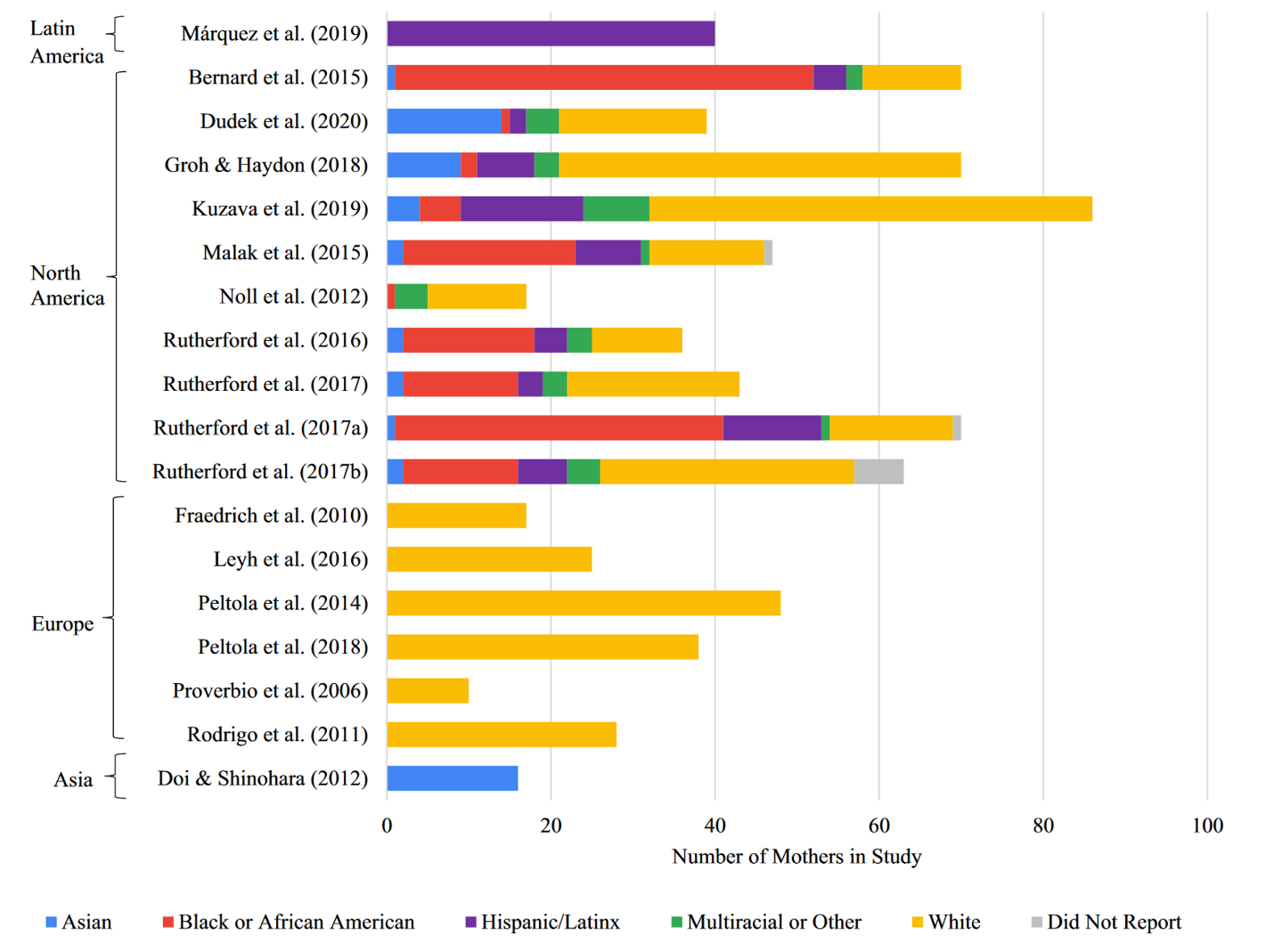According to Google, there are approximately 2.2 billion mothers in the world. On average, a woman of reproductive age is likely to have 2.5 children across her lifetime. According to ourworldindata.org, the global fertility rate varies substantially across countries as seen in the graphic below.

Mothers, Madres, Mamas
Women account for 49.5% of our world’s population currently, according to countrymeters.info. Based on these statistics, out of the 3+ billion women around the globe, more than 70% are identified as mothers, assuming my math and the sources are correct.
Although having an XX sex chromosomal makeup allows for the opportunity to conceive an offspring, assuming all the stars align, it is not the defining characteristic of being a mother. In fact, having XX sex chromosomal makeup does not necessitate becoming a mother. And before folks become distressed about the one-sided presentation of this information, the goal of this post is to highlight the lack of diversity in human-oriented neuroscience research, especially when examining mothers of different racial backgrounds.
Brainy Bits
Neuroscience is amazing. It is an opportunity to learn about the anatomy and functioning of our brains and the brains of other non-human animals. There are so many mysteries left to uncover, despite our best efforts to work using the myriad available tools, as summarized in the table below.

However, to conduct this type of research, scientists must have access to both the equipment and the participants. That means, access to hospitals or departments with equipment available for research purposes, monetary support to encourage participants to be involved in research as well as to pay for the scientists’ time. Additionally, the equipment being used must be adaptable to the characteristics of the participants themselves.
A Tiny Dolphin Tangent
In 2001, Dr. Sam Ridgway, Chief Veterinary Scientist for the Navy Marine Mammal Program and eventually the President of the National Marine Mammal Foundation, became one of the first scientists to scan the brain of a live bottlenose dolphin using a PET scanner and a CT scanner. To accomplish this goal, the scanners had to be large enough to accommodate the smallest adult dolphin (180-230 kg), and the dolphin had to be trained enough to make the drive between the facility and the hospital, lay on a stretcher, hold breaths for scans, and then return home. Twenty years later, this procedure has occurred multiple times and led to some amazing discoveries.
Similarly, Ridgway also collaborated with a number of other scientists to refine the electrical recording of dolphin brains using electroencephalography (EEG) as an alternative to PET/CT scanning. A slightly less invasive technique than scans in a hospital, this was another puzzle to solve, given the position of the dolphin brain (image below), the anatomy around the brain, and the marine environment. Ultimately, the work of these scientists led to many discoveries of how dolphins rest and maintain vigilance over time.

Did you know dolphin mothers become more vigilant once their calves are born?
Dolphin mothers are much like human mothers – they become more vigilant once their offspring are born. But how does brain activity compare under these circumstances? To address this question, we must find the right balance between individuality and universal principles – a common theme within psychology. That means research must be conducted with diverse participants, from sex to gender to race and ethnicity to socio-economic status, education, and age, as well as parental status.
It’s all about diversity.
Francesca Penner and a team of collaborators (pictured below) highlighted these issues in their recent paper published in Cognitive, Affective, & Behavioral Neuroscience, a Psychonomic Society publication.

Top row: Francesca Penner, Kathryn M. Wall, Kathleen W. Guan, Helen J. Huang
Bottom row: Lietsel Richardson, Angel S. Dunbar, Ashley M. Groh, Helena J.V. Rutherford
In their theoretical review, Penner and team described the lack of diversity and systemic racism in research involving EEGs and event-related potentials (ERPs), especially when considering maternal health and brain functioning. Like EEGs, ERPs measure brain activity at specific points in time to different types of stimuli. The authors described the use of these techniques in the context of how quickly neural responses occur when viewing stimuli such as infant faces or hearing infant cries. Examining the neural response to such stimuli has enabled researchers to explore questions such as how parents and non-parents respond to infant distress or how individuals with or without depression respond to infant smiles.
These studies are critical to answering questions about maternal mental health, responsive caregiving, and infant emotions. More importantly, though, it provides opportunities to investigate how variables such as race, sex, and SES level impact neural activity, which in turn influences behavioral responses. Using a recent meta-analysis by Kuzava et al. (2020), the paper’s authors highlighted in this post evaluated the sample compositions of 18 articles that included parents.
As seen in the figure below, more than half of the 763 mothers represented across the 18 papers were of White/European ancestry, with a fifth identified as Black/African American, a little over a tenth as Hispanic/LatinX, and less than a tenth as Asian, or multi-racial. Ultimately, Penner and colleagues pointed out that while this meta-analysis was remarkably diverse compared to previous research, it seriously lacked power, and the findings associated with racial differences were incomplete and potentially inaccurate.

Penner and her collaborators argued that the lack of racial diversity in EEG/ERP research is problematic for many reasons. First, it perpetuates systemic racism in research as it creates an issue in understanding how culture and race influence maternal care and parenting. This question primarily includes the barriers that keep minorities or individuals other than White/European ancestry from participating in research in general, especially in EEG research.
In their paper, Penner and her collaborators outlined several types of barriers and their possible solutions: equipment, access, geography, and trust. One significant issue is the equipment needed for EEGs and ERPs. EEG sensors must be connected directly to the scalp to transmit a signal properly. The curly or coarse hair of people of Black or African American descent and their needed hair products make it difficult for the sensors to be attached properly. Additionally, the hairstyles, such as braids and twists, make it challenging to connect the sensors to the scalp. The lack of a universal sensor excludes people of this racial background as it requires significant changes in hairstyle for individuals with these characteristics, which are costly in both time and money.
Another significant issue is access to such research studies. Much like women during early pharmaceutical and other treatment development, minorities are often excluded from research. This is compounded by socio-economic status as many minorities are also in lower classes. If an individual wanted to participate in such a research study, it would most likely correspond to a loss in wages, difficulty getting to the site due to the use of public transportation, and a need for childcare. Given that many women of Black or African American descent are more likely to live in poverty, be single mothers, and experience multiple adverse life events, the ability to be aware that research opportunities exist much less participate in such activities is reduced significantly.
Related to this issue of access is the location of research facilities. Many of the facilities conducting this research are centered around universities or other institutions that can conduct such research. These universities are predominantly white institutions with predominantly white researchers receiving much federal funding in the U.S. Access to more diverse populations with the characteristics of interest becomes significantly limited when neuroscience research is conducted.
Finally, trust between researchers and participants is lacking. As Penner and her colleagues emphasized, the years of distrust between researchers of majority racial status and participants of minority racial status creates yet another barrier. It is critical that we not only include individuals of all backgrounds in our studies, but also diversify the scientists conducting such research. By expanding our recruitment process and diversifying academia, science, and health services, all humans benefit. Different perspectives help us ask different questions, such as how mothers process their infant’s emotions at a neurological level, or does neural processing depend on the race or experiences of mothers. Different perspectives help us to design different equipment that can be generalized. Different perspectives help us to identify different barriers that need to be overcome to elicit more generalizable findings.
Innovation, Engineering, Open-mindedness
Humans are among the best innovators and engineers on the planet. All we need to do is ask the question and start thinking creatively about addressing the issues that have emerged. If we can figure out how to measure the electrical activity of a dolphin in the water, we certainly should be able to figure out how to do so with humans who differ from one another. Penner and her colleagues are forcing us to face the need to diversify our research. What better place to start than with those who are caring for the next generation of our planet? Until we can do that, the answer to the question posed in the title of the post remains unknown.
Featured Psychonomic Society article:
Penner, F., Wall, K. M., Guan, K. W., Huang, H. J., Richardson, L., Dunbar, A. S., … & Rutherford, H. J. (2022). Racial disparities in EEG research and their implications for our understanding of the maternal brain. Cognitive, Affective, & Behavioral Neuroscience, 1-16. https://doi.org/10.3758/s13415-022-01040-w
